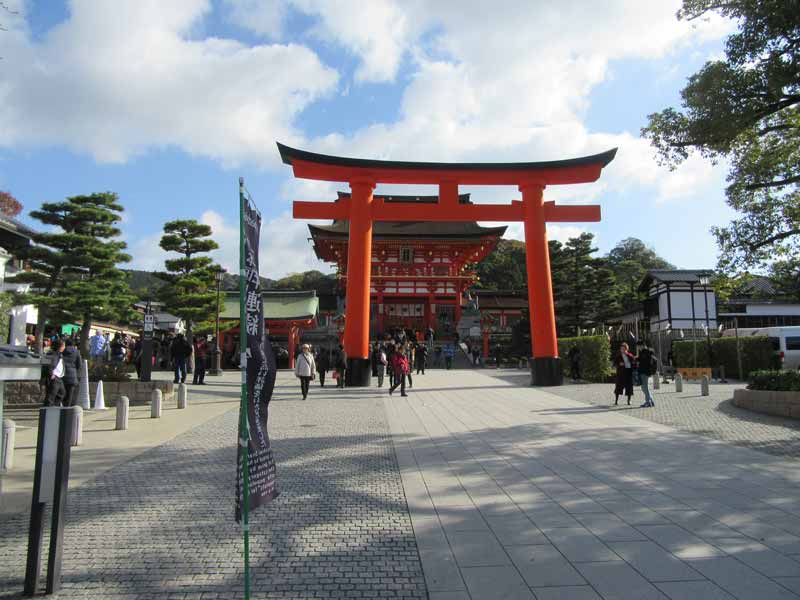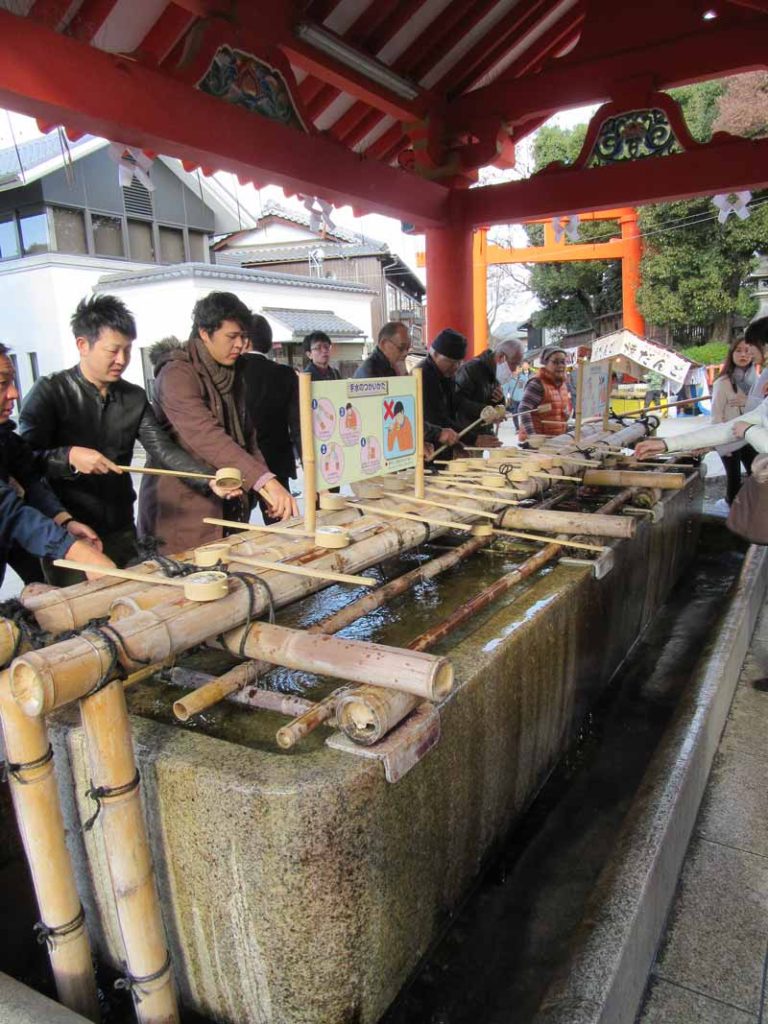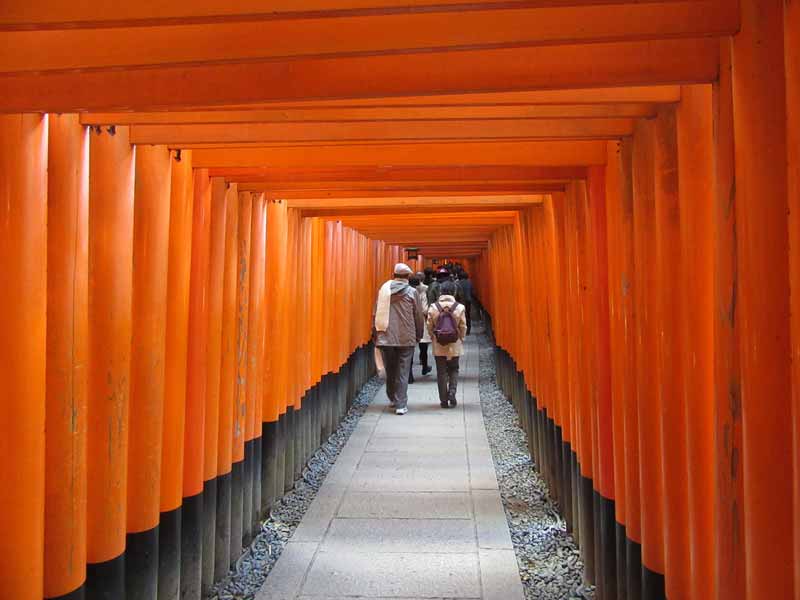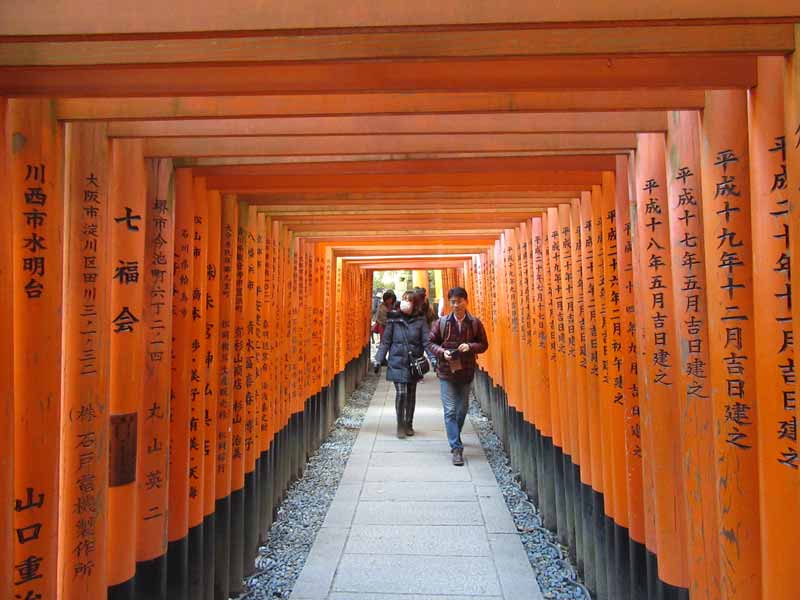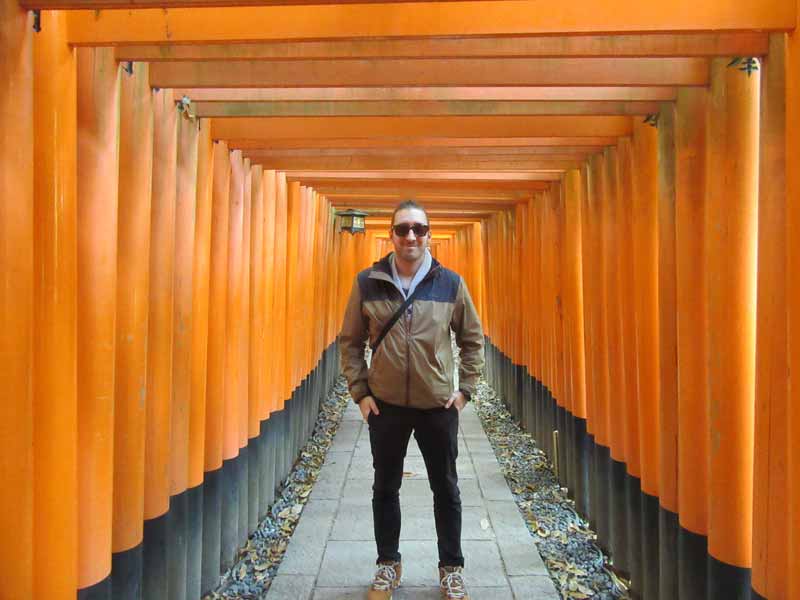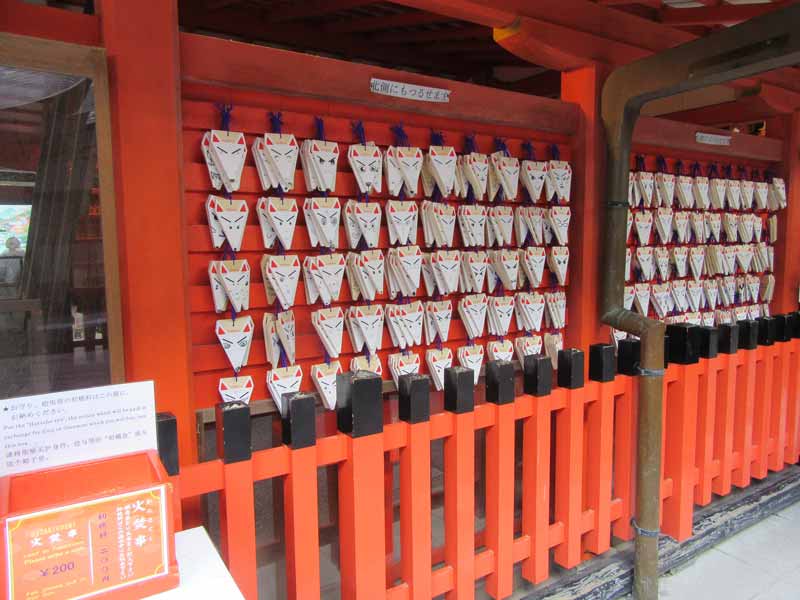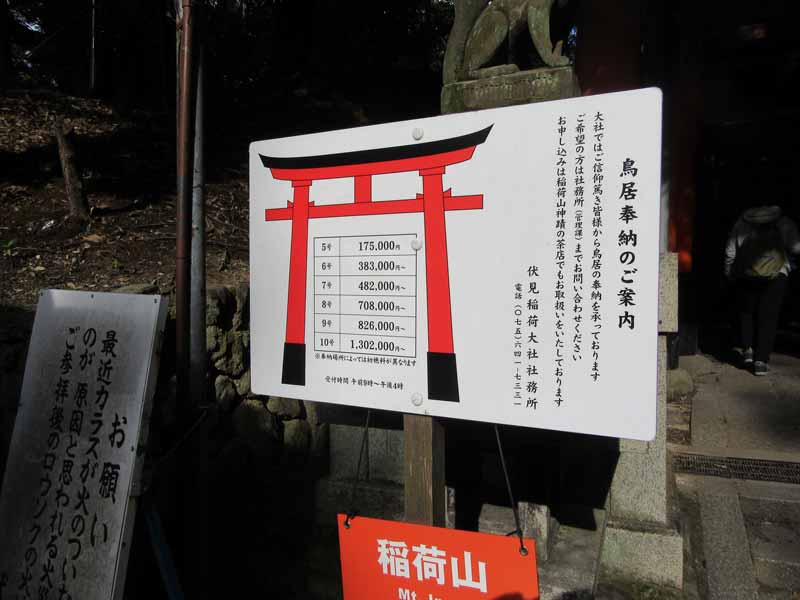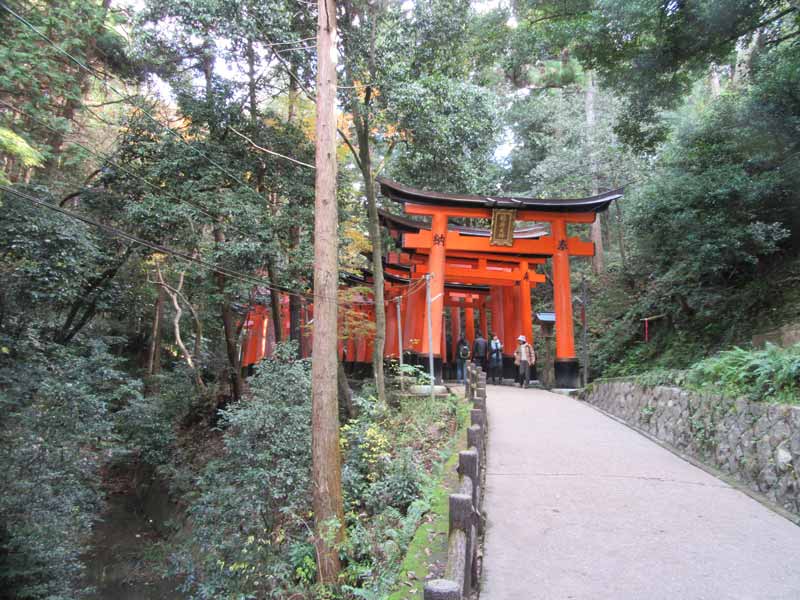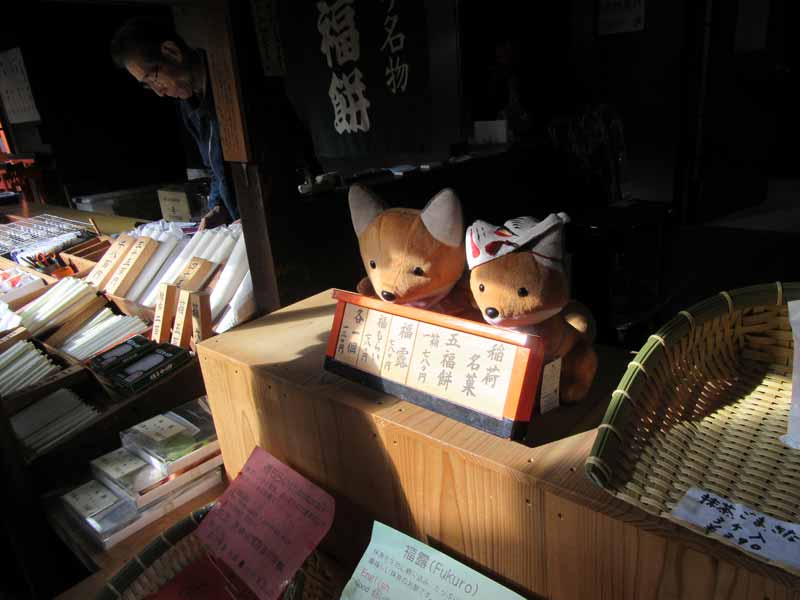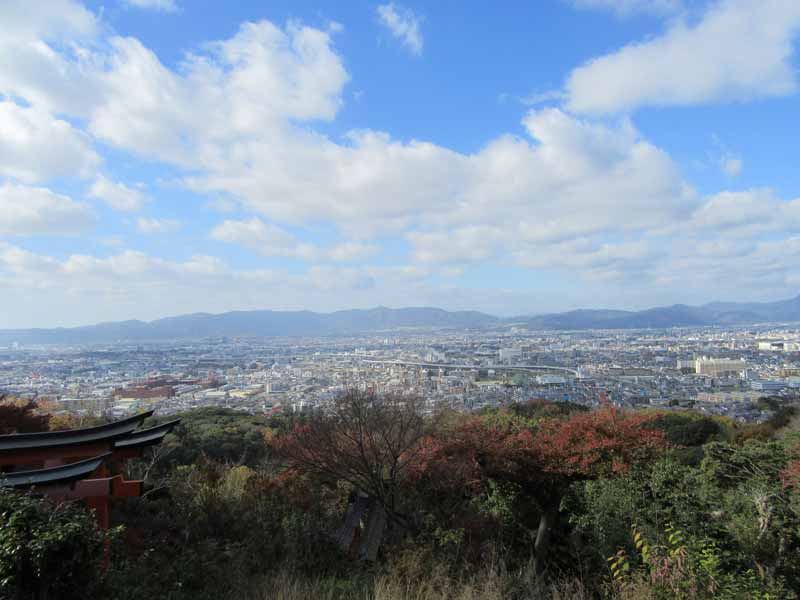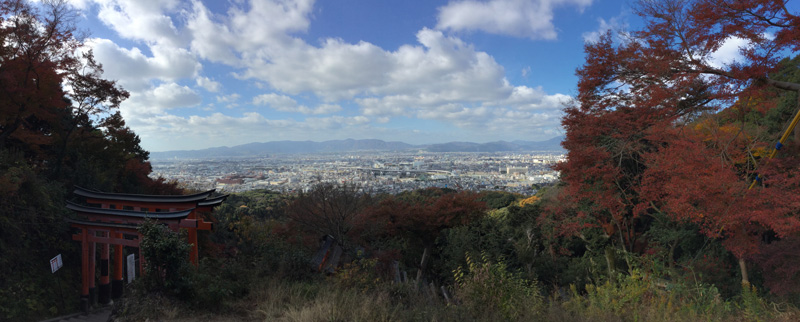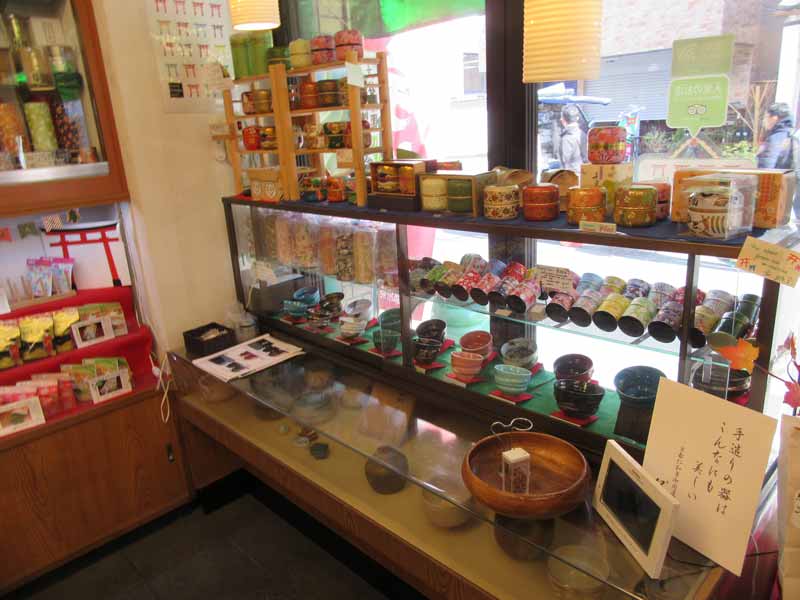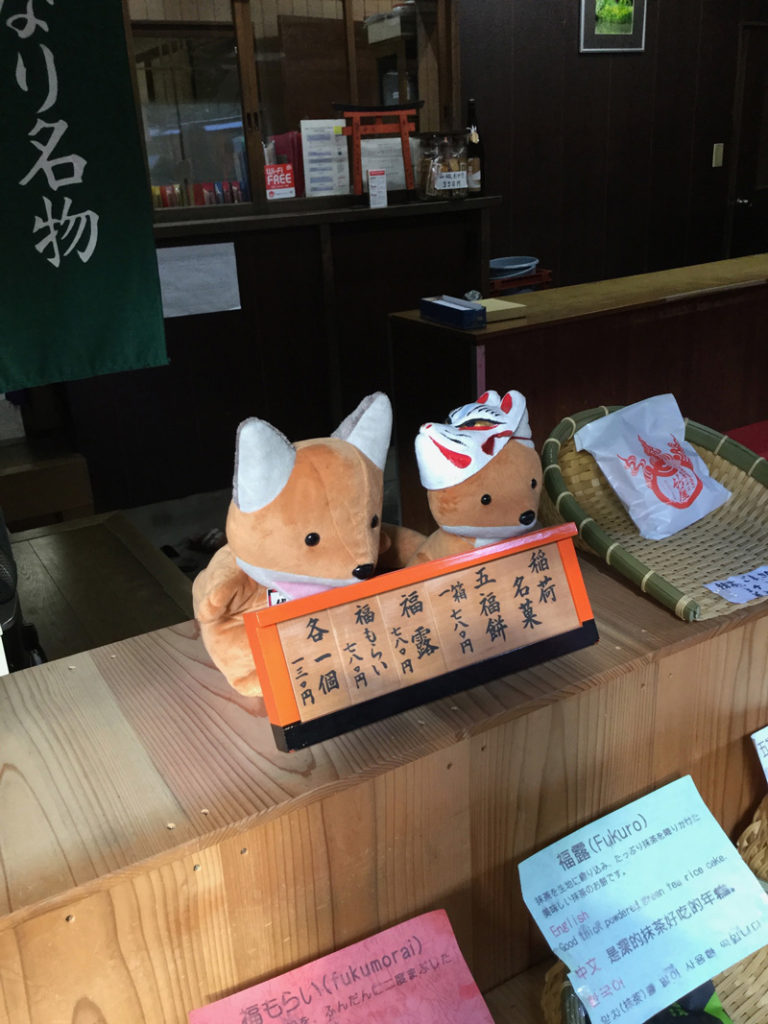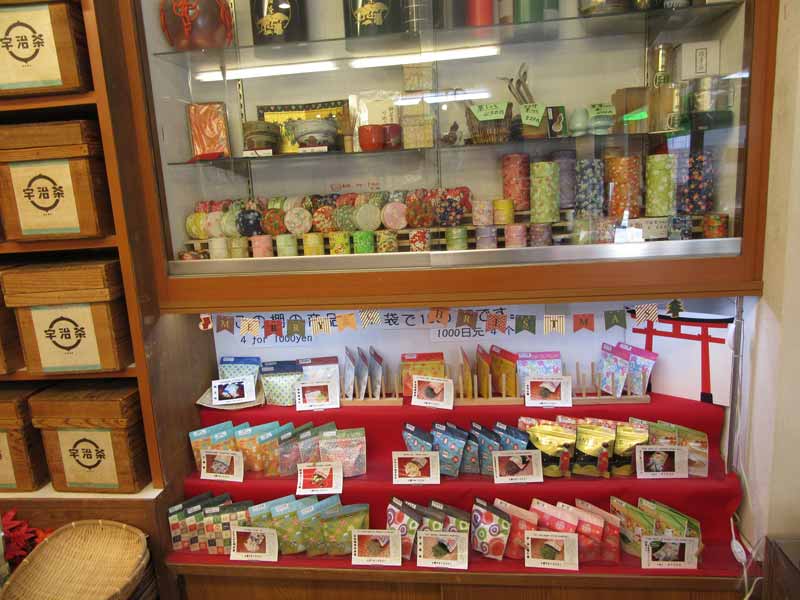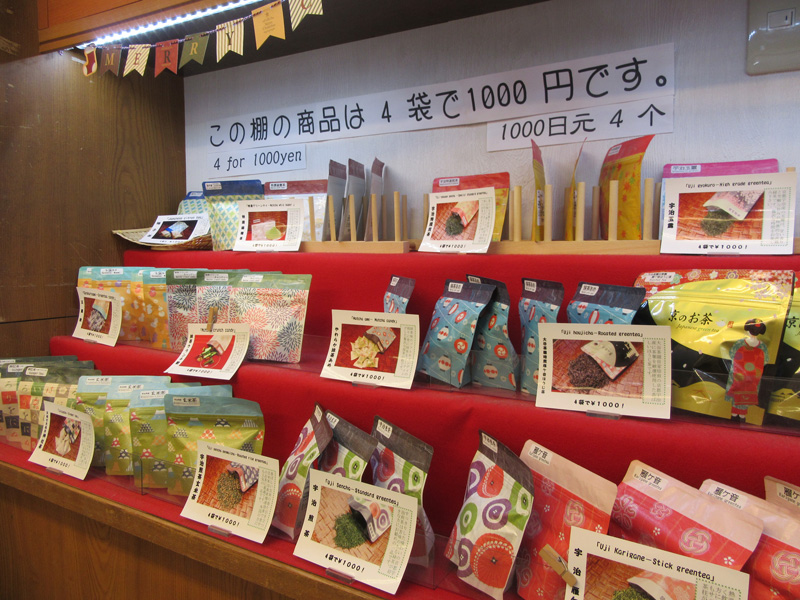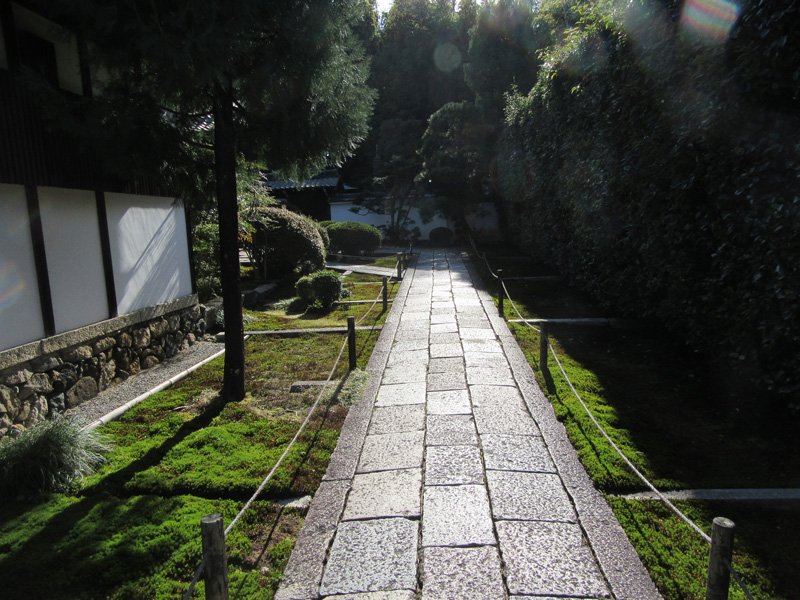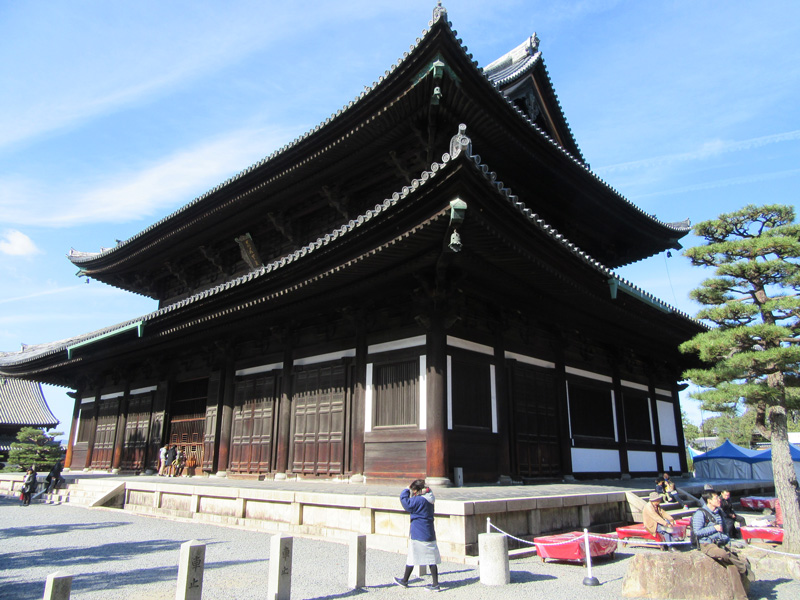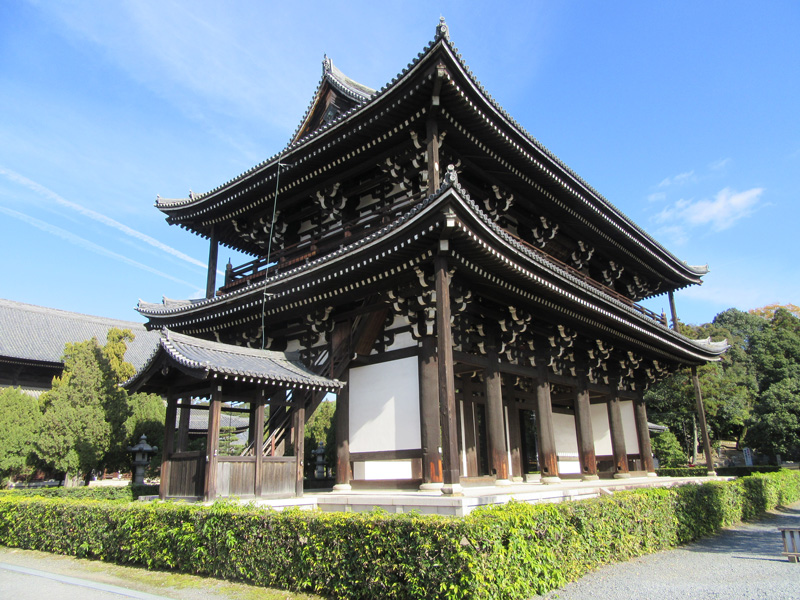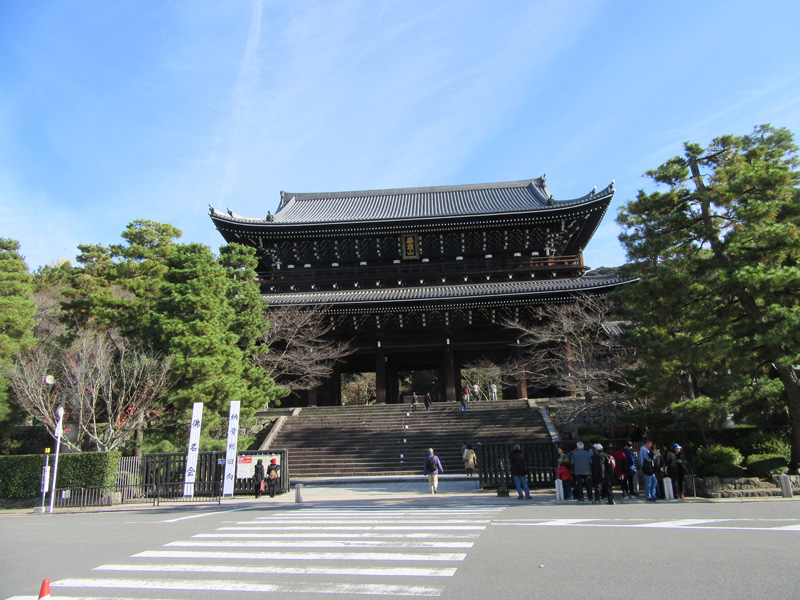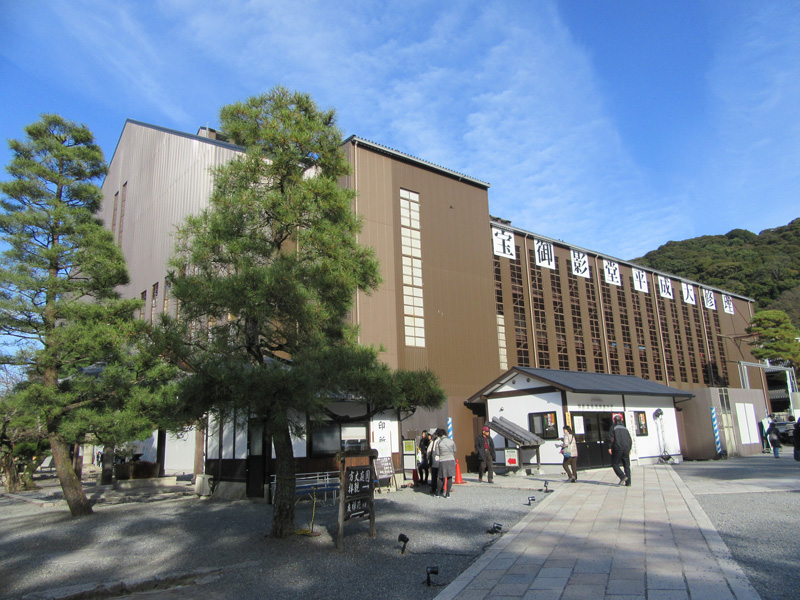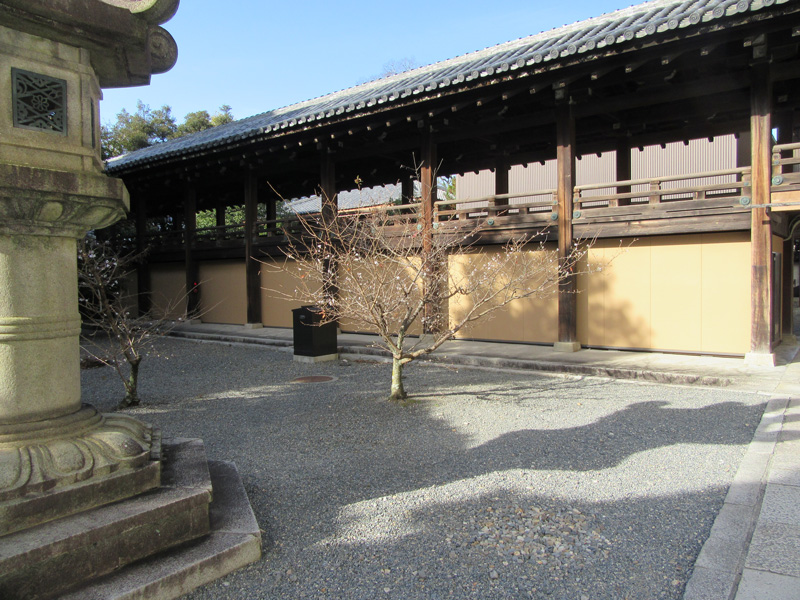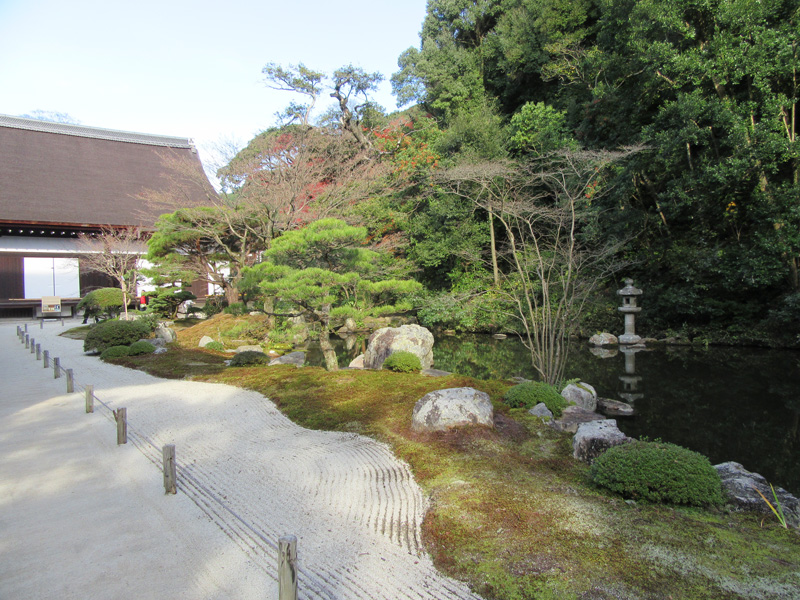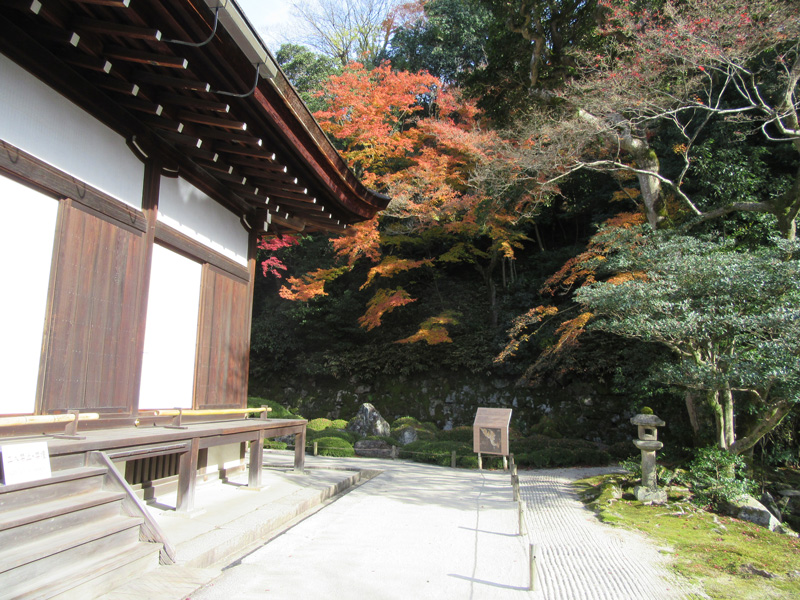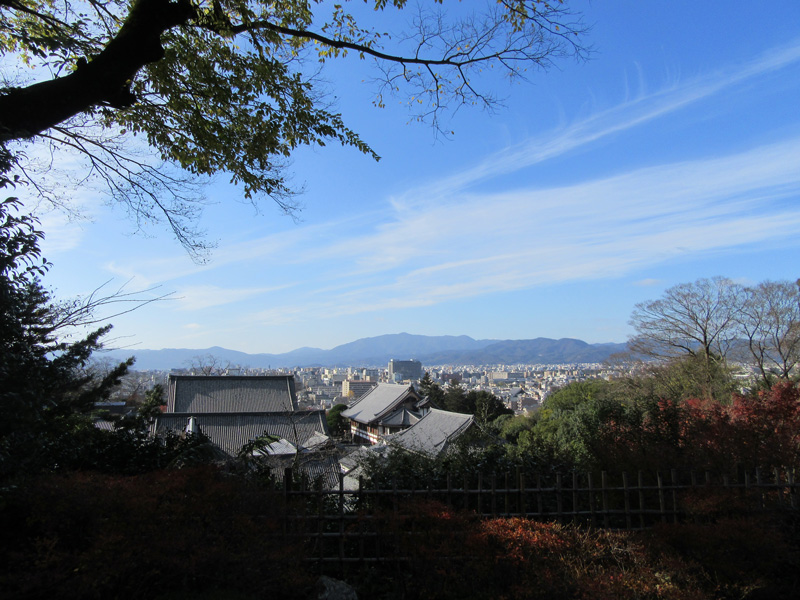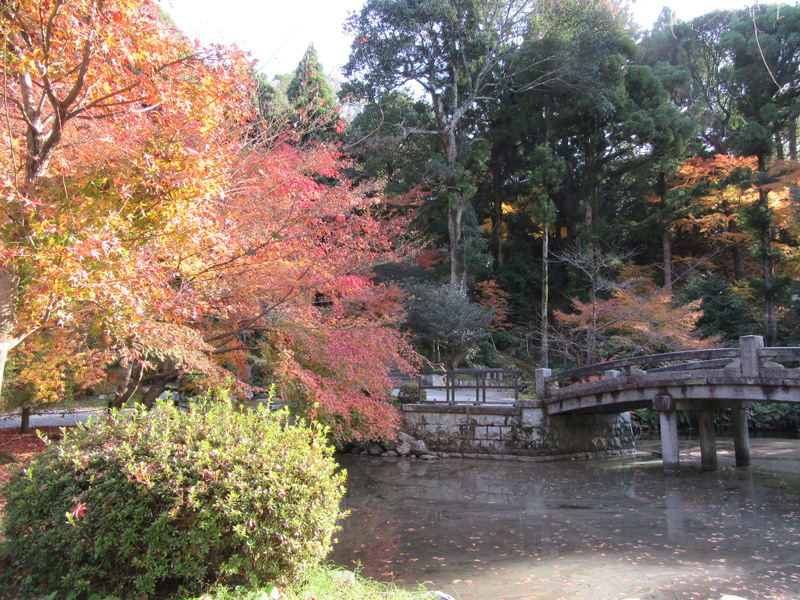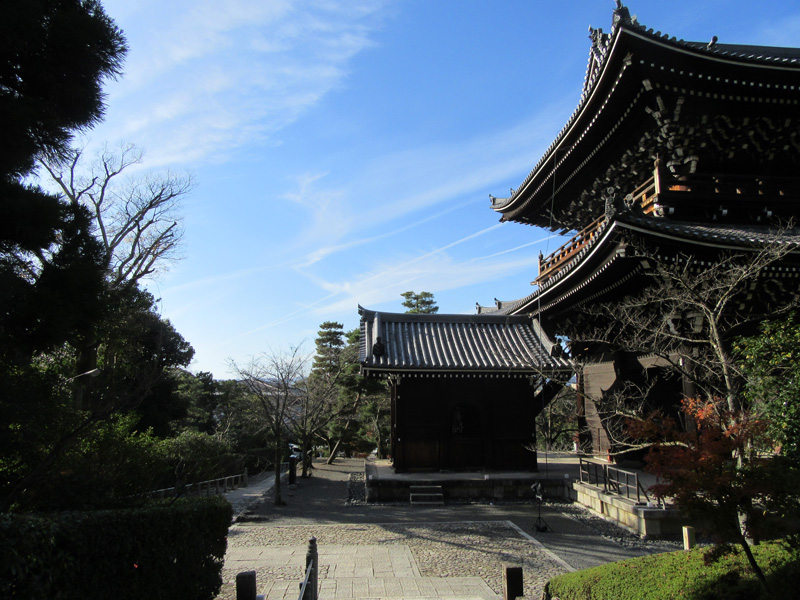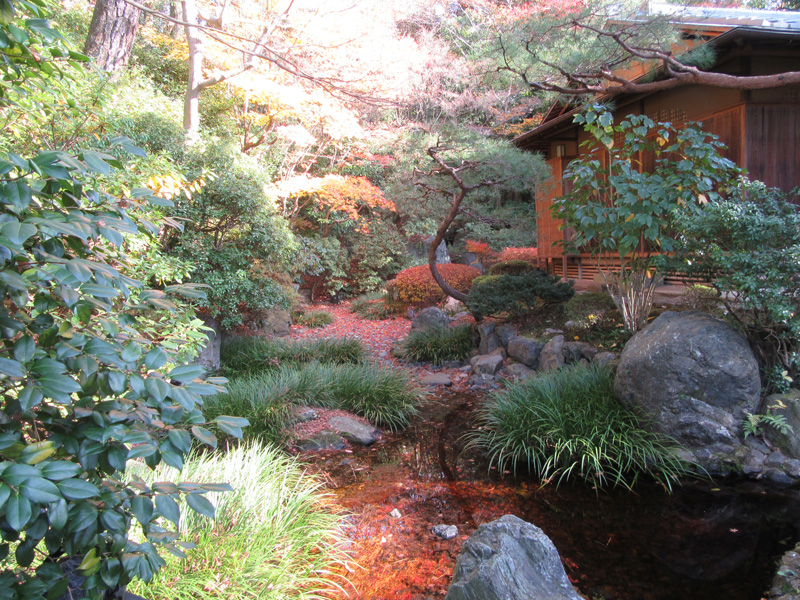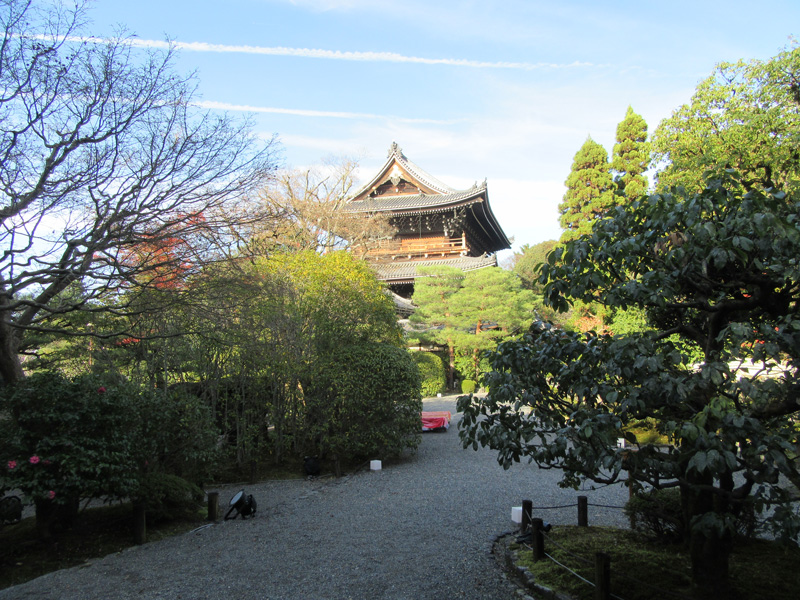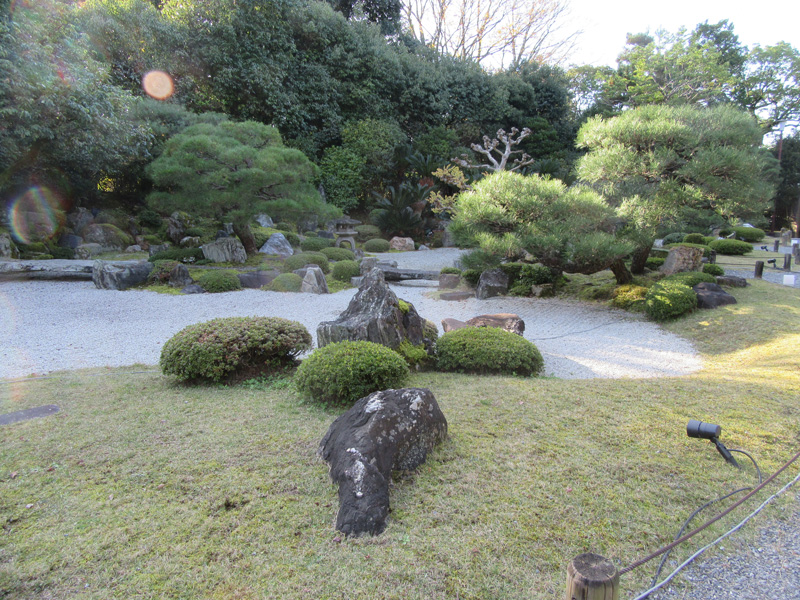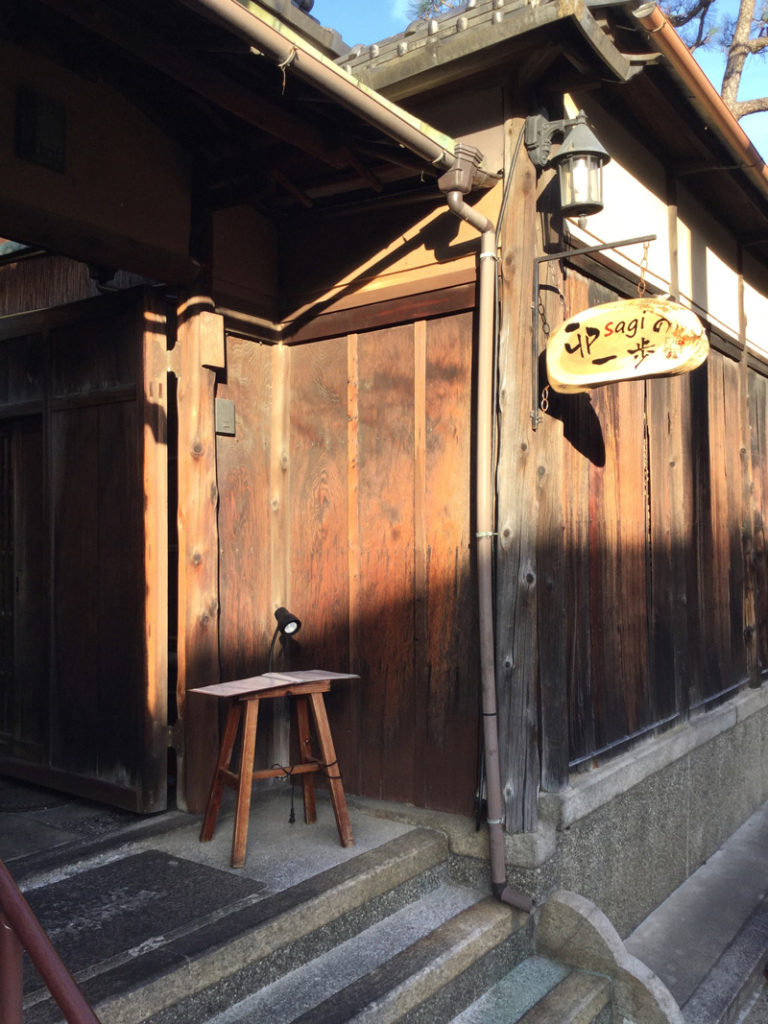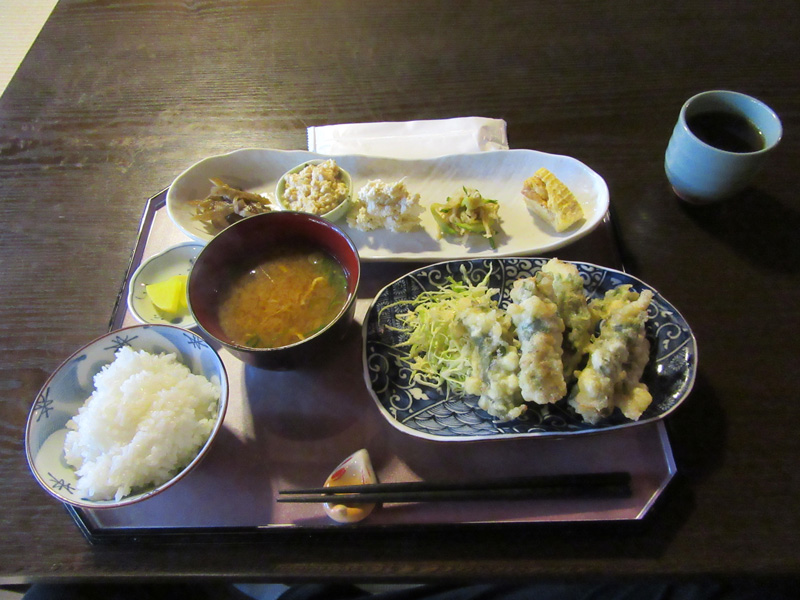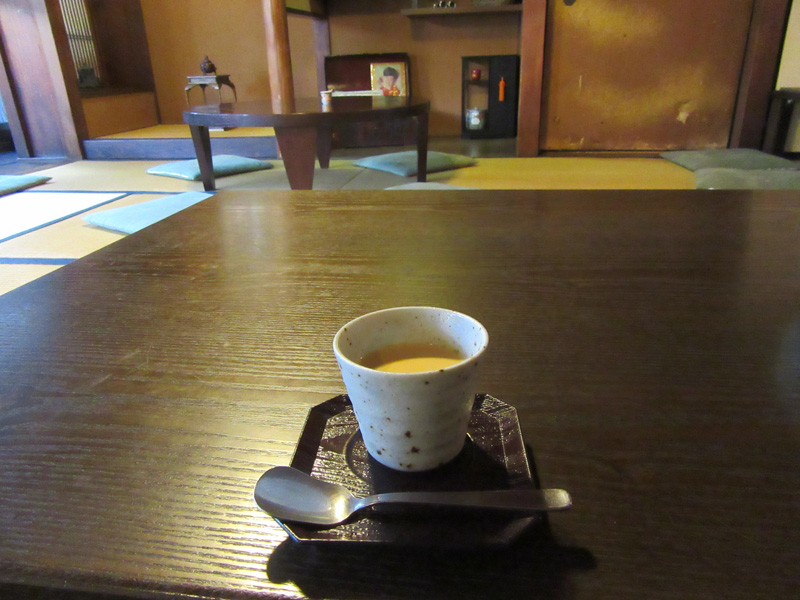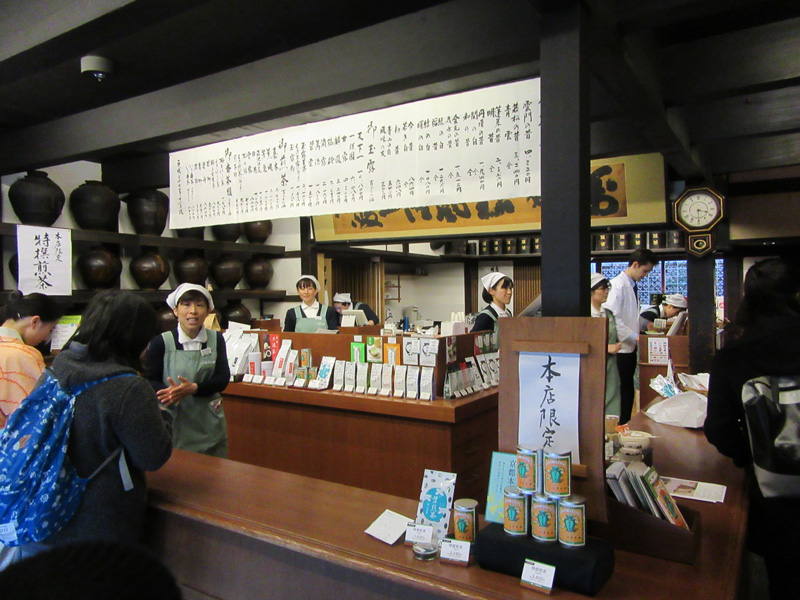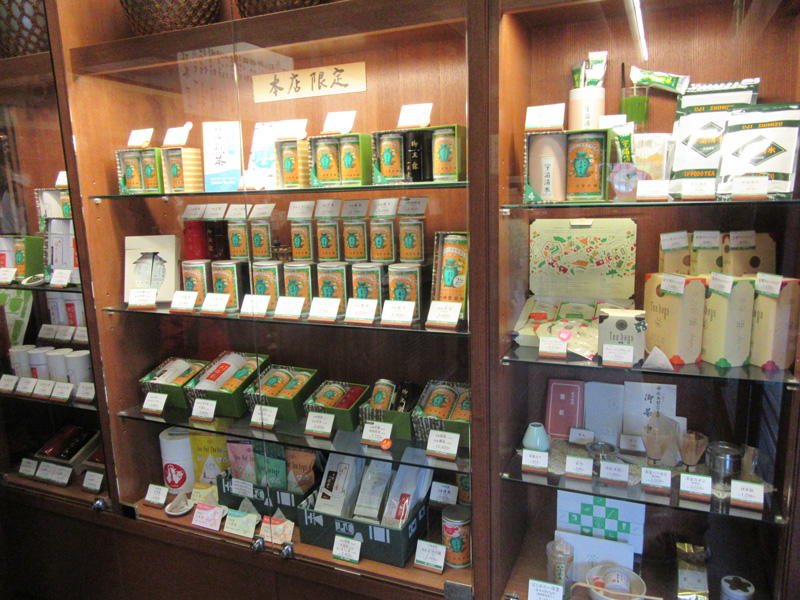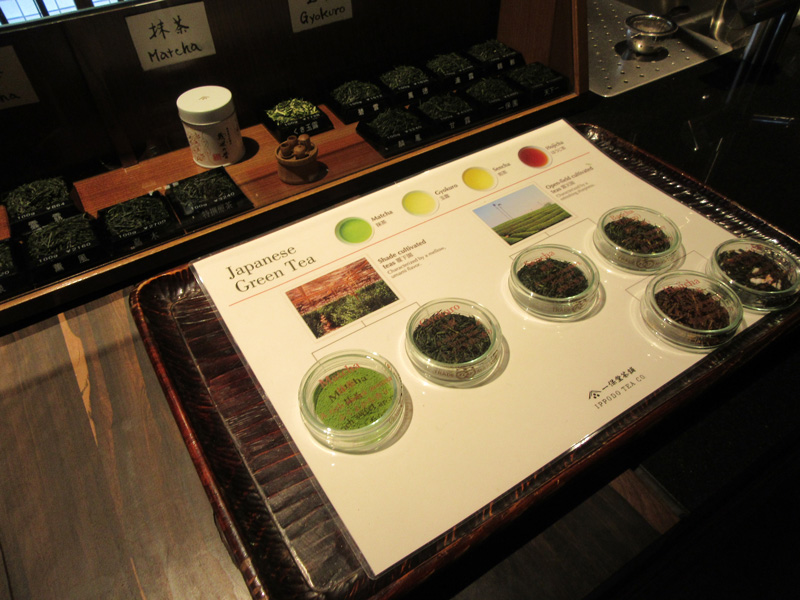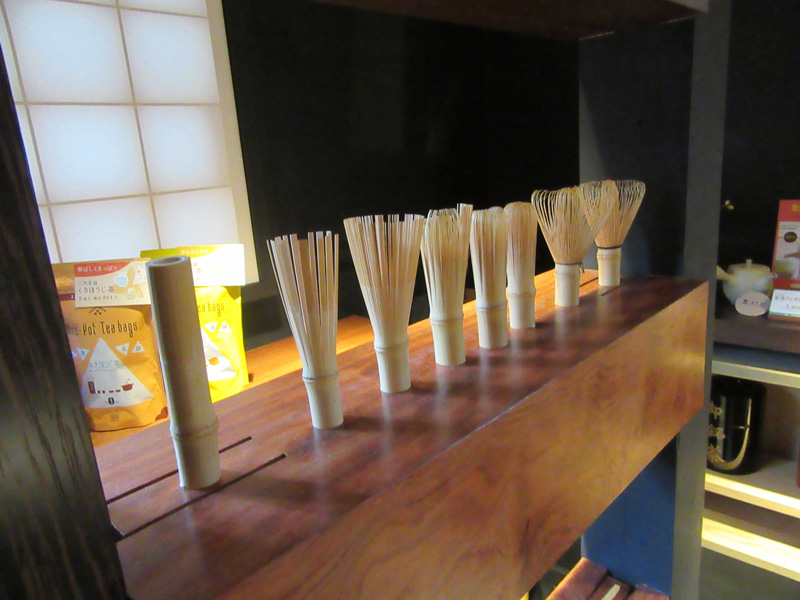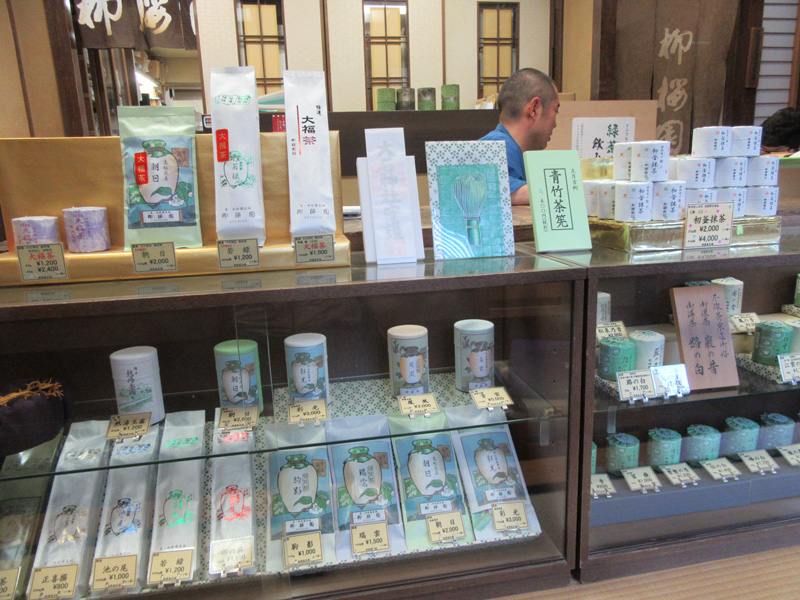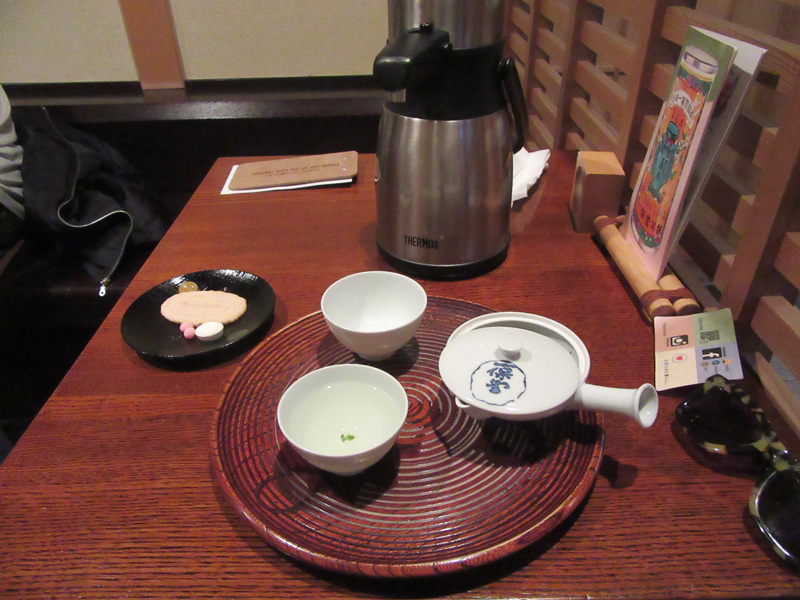Second day on the bike in Kyoto and I’m already losing my patience. Yesterday I spent most of my time on the roads, so I didn’t notice:
- the Japanese weren’t taught much about left and right in school,
- or they rarely get hit head-on by a nearly 80-pound Czech on a heavy bike (I have yet to knock, knock, knock).
Otherwise, I can’t imagine why they (especially pedestrians) have to weave so much into a bike path that is often separated from the sidewalk by a small fence.They walk left, right, center like they don’t belong and are terribly surprised that brakes are squealing around them.
Kapitoly
But enough bothering 🙂
Notes from the tea parties are more important. Today’s schedule was lighter because yesterday’s hell gave me quite a workout.
Stopping by:
- Fushimi-Inari Taisha Shrine 伏見区深草藪之内町68,
- Tofokuji Temple,
- Chion-in Temple 東山区.
Tea Program:
- Otani Tea Fushimi
- Ippodo Tea 一保堂茶舗 京都本店
- Kaboku Tearoom 一保堂茶舗 京都本店
- Ryuoen Tea – 二条通御幸町西入丁子屋町690
Trams and other cultural affairs
The Fushimi-Inari is one of the most commonly referred to „must see“ sites in Kyoto. Under this name are not only a couple of temples beneath Inari Hill itself (it is 233 metres above sea level), but also a set of many red prayer gates „torii“. These are the most rewarding subjects (after the Bamboo Grove at Arashiama) for photographers. And I don’t blame them.
This eponymous temple (and countless others that are on Inari) is strongly associated with the fox theme = or a fox everywhere you look. However, this fierce creature ensured that although the main map says the path is up one way and back down the other side of the hill, I simply did not reach the top. There are a few junctions along the way, and it is not always the case that when you climb up (quite logically), you are really heading for the highest point of the hill…
If you only have a few days (or heaven forbid 1 day = Kyoto has about 1,600 temples and you can only catch a few), I’d recommend Fushimi Inari. And it’s one of the small percentage of sights in Kyoto that are free. And surprisingly (at least to me), the free ones are often more interesting than the paid ones).
Tofokuji Temple
An unscheduled stop (or you’re cycling north as planned and suddenly a beautiful road to the temple… you can’t refuse such an „invitation“), but all the more pleasant. For me 3rd most beautiful temple in Kyoto that I visited. Open gates, large pavilions, decent garden and free. I recommend it!
Chion-in Temple 東山区
A great temple from which I expected a lot and got even more. If you’re wondering why there’s a large brown metal building in some of the photos, it’s Miedo Hall (the largest pavilion of the Chion-in Temple). It’s been under renovation for a while now (until 2019) and in order not to spoil the view of the semi-restored building, they preferred to hide the whole thing in a steel sarcophagus.
Besides walking around the other pavilions (which you’ll get tired of sooner or later anyway), I bought a ticket (500 yen) to Hojo and Yuzen Gardens. These are the two gardens around the large pavilions at Chion-in. Hojo is designed as a Zen garden with a large pond, bonsai and several areas of cooled gravel.
You’ll enjoy a better spectacle here than at the much-vaunted Zen Roan-ji Temple to the north. The contrast of the tranquil zen garden with the autumnal nature around made the biggest splash. The garden is untouched, steady, neutral and the surrounding trees rustle with colour.
For me, it was the 2nd most beautiful garden (although it wasn’t very big). Which was 3rd and which was actually 1st? I’ll take Yuzen garden as the 3rd, which is just a short walk from the Chion-in temple. Again, it has zen motifs in it, but it also has smaller „torii“ gates, bonsai, and looked great in the autumn sun. It’s just smaller again than I would have liked The nicest and largest one is at my first temple of my trip (Kiyomizu-dera).
Tea was not to be missed
I wanted to catch up on my tea rest today. Not far from Fushimi Inari, I accidentally discovered a small tea shop called Otani Tea, where I couldn’t resist the tea offerings and also a beautiful (another O:)) shiboridashi teapot. Again, from Kyoto and handmade.
Karigane?
The lady owner was pleased that I knew what type of tea Karigane was. I didn’t know it a day earlier either, … but the first tea shop educated me 🙂 Only in Kyoto (I have no idea why yet, but I’ll find out) they call it Kukiche (a cheaper green Japanese tea with a high understory of petioles). Karigane translates to „wild goose“.
2 famous Kyoto tea shops
On an earlier recommendation, I visited 2 famous tea shops in downtown Kyoto – Ippodo Tea AND Ryuoen Tea. They are about 3 minutes walk from each other and I definitely recommend visiting them. Solid hustle and bustle, a queue for teas and a selection that will get you excited.
You can buy great quality teas here starting at 660 yen per 100 grams (well, don’t take pounds of it). The ceiling is about 6k for 100 grams, but that’s a lot of luxury pieces. They only know English at the Ipoddo shop near Ryouen, we got to „a little bit“ and that was pretty much the end of it. But they made up for it with service, so you can choose without knowing Japanese.
Just know the names of the teas: sencha, bancha, gyokuro, hojicha, matcha, … and you’ll get the hang of it 🙂
Kabuki Tea Room
The Ippodo store also has its own tea shop called Kabuki. The minimalistically cut teahouse with smaller intimate dimensions tempted me so much that I couldn’t refuse. The selection is (unexpectedly) limited to Japanese teas, but they have several grades and prices start at 600 yen. For whipped matcha at the highest quality, you’ll pay 1,300 yen. I don’t know why they quoted the price without tax (there was +tax on every price tag) – it was less than 10% of the total price.
Most of the time, they supplement the tea with „soft“ or „hard“ tea candies. Soft are usually jelly pieces (such as kohaku with yuzu filling), hard are harder biscuits or small sugar „lozenges“. This was relatively new to me, I was only familiar with these tea sweets in combination with matcha. I was so taken with Organic Sencha that I bought it – although the price tag was a lot higher than the other bits on the site – 1600 yen for 50 grams.
Unexpected and surprising stops are usually the best
I had an address in my itinerary for today with no place markings – I arrived there, looked for the Oharuchan tea house (the only one left) and eventually the address turned out to be a Japanese restaurant called Upsagi (not sure about the Up at the beginning, I couldn’t make out much more from the restaurant logo and uncle google is also silent).
I figured that was probably how it was supposed to go (and my stomach told me it was). And I had a set of 5 small starters (I could only identify the bamboo slices in soy sauce), a main course (chicken in lemon tempura), pickles and a dessert (probably a Purin type pudding). There was black tea (I’d say it wasn’t Japanese). IDEAL!
Tomorrow Uji and depending on time maybe Nara – I’ll take the Shinkansen again and be there before I finish my tea 🙂

